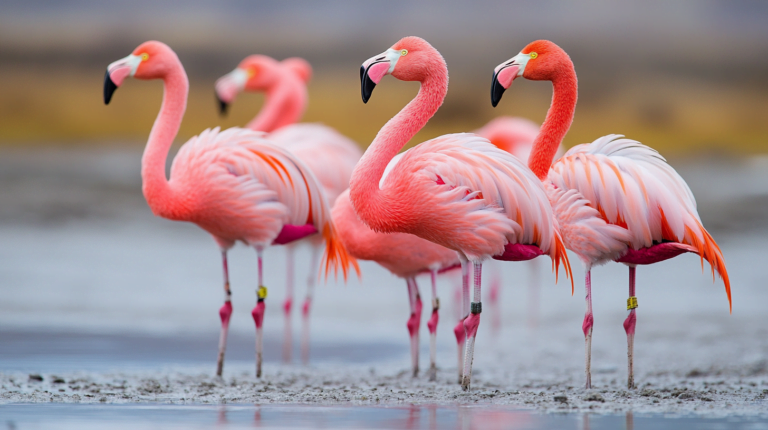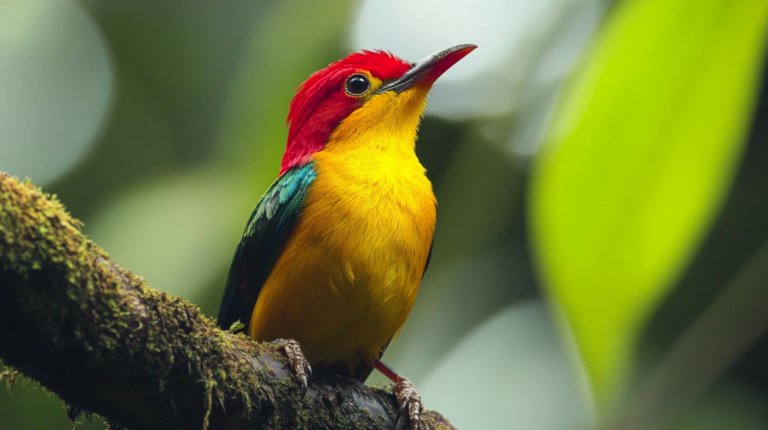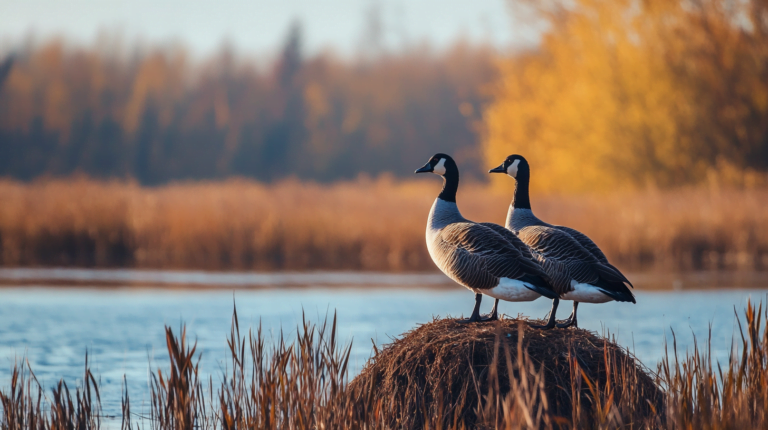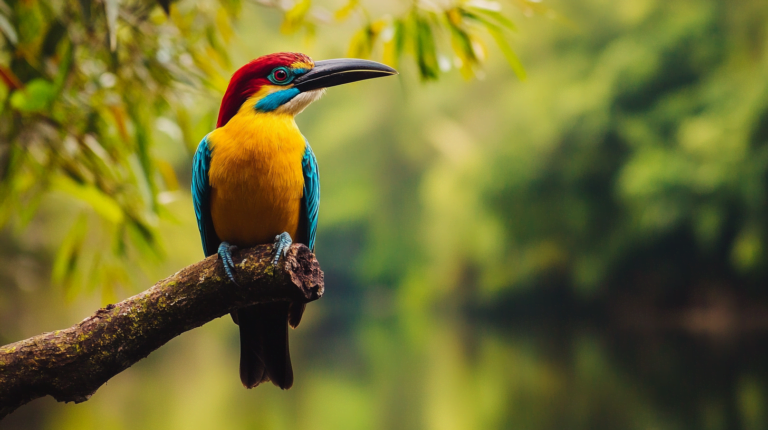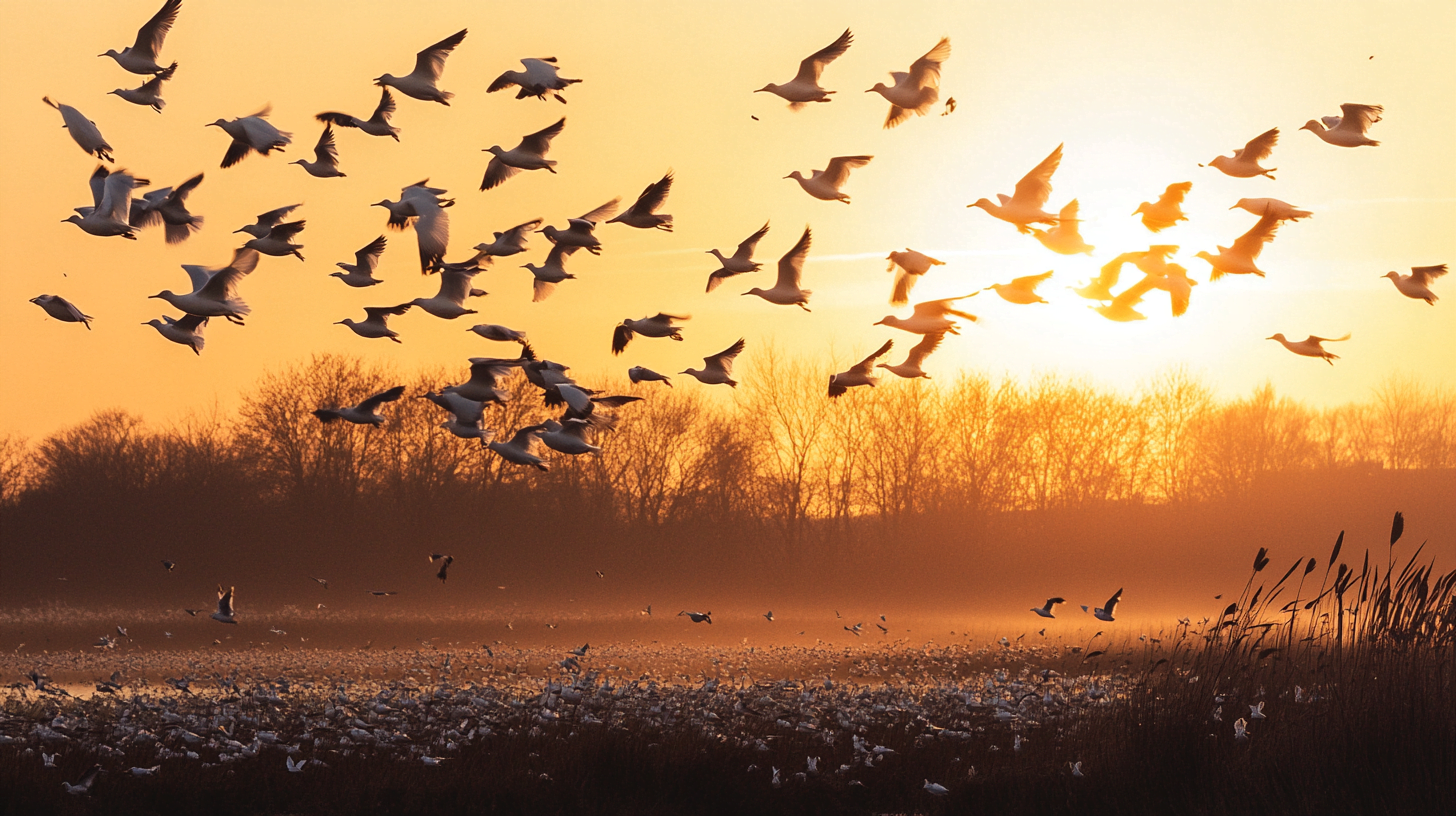
Table of Contents
Europe’s diverse landscapes and rich ecosystems make it a paradise for birdwatchers. From the wetlands of France to the forests of Poland, the continent offers a stunning array of habitats that attract both resident and migratory birds. In this comprehensive guide, we’ll explore the best birdwatching destinations in Europe, helping you plan your next birding adventure.
What Makes a Great Birdwatching Destination?
Before we dive into specific locations, let’s consider what makes a destination ideal for birdwatching:
- Species diversity: A wide variety of bird species, including rare or endemic ones.
- Habitat variety: Different ecosystems supporting various bird populations.
- Accessibility: Well-maintained trails, hides, and observation points.
- Seasonal attractions: Opportunities for year-round birdwatching or spectacular seasonal events.
- Conservation efforts: Protected areas that ensure the long-term survival of bird populations.
With these factors in mind, let’s explore some of Europe’s top birdwatching hotspots.
Top Birdwatching Destinations in Europe
1. Extremadura, Spain
Extremadura, a region in western Spain, is a birdwatcher’s dream. Its diverse landscapes, including dehesas (wooded pastures), steppes, and mountains, support an incredible variety of bird species.
Key species:
- Spanish Imperial Eagle
- Great Bustard
- Black Stork
- Eurasian Black Vulture
Best time to visit: Spring (March to May) for breeding birds and autumn (September to November) for migrating species.
“Extremadura is like a living museum of Mediterranean birdlife. The sheer number and diversity of birds here is breathtaking.” – John Smith, Ornithologist
2. Camargue, France
The Camargue, a vast river delta in southern France, is renowned for its wetlands and the iconic flamingos that call it home.
Highlights:
- Largest flamingo colony in Europe
- Over 400 bird species recorded
- Unique mix of freshwater and saltwater habitats
Best time to visit: Year-round, with spring and autumn offering peak diversity.
3. Falsterbo, Sweden
Falsterbo, located at the southwestern tip of Sweden, is one of Europe’s premier migration hotspots.
Key features:
- Witness massive bird migrations
- Bird ringing station open to visitors
- Diverse range of raptors, waders, and passerines
Peak migration periods:
- Spring: March to May
- Autumn: August to October
4. Danube Delta, Romania
The Danube Delta, where Europe’s second-longest river meets the Black Sea, is a UNESCO World Heritage site and a birdwatcher’s paradise.
Unique aspects:
- Over 300 bird species
- Largest reed bed in the world
- Boat tours for optimal birdwatching
Must-see species:
- Dalmatian Pelican
- White-tailed Eagle
- Glossy Ibis
5. Lesvos, Greece
The Greek island of Lesvos is a hotspot for spring migration and offers excellent opportunities to see both European and Middle Eastern species.
Birdwatching highlights:
- Kalloni Salt Pans: Flamingos, herons, and waders
- Ipsilou Monastery: Raptors and passerines
- Sigri area: Rare migrants and vagrants
Best time to visit: April to mid-May for peak spring migration
Lesser-Known Birdwatching Gems in Europe
While the above destinations are well-known among birders, Europe has many hidden treasures for birdwatching enthusiasts:
- Bialowieza Forest, Poland: Europe’s last primeval forest, home to all European woodpecker species.
- Texel, Netherlands: An island paradise for shorebirds and migrants.
- Orkney Islands, Scotland: Seabird colonies and rare northern species.
- Lake Kerkini, Greece: A vital stopover for migratory birds, including the Dalmatian Pelican.
- Hortobágy National Park, Hungary: Vast grasslands supporting Great Bustards and various raptors.
Planning Your European Birdwatching Trip
To make the most of your birdwatching adventure in Europe, consider the following tips:
- Research seasonal patterns: Different regions peak at different times of the year.
- Invest in quality gear: A good pair of binoculars is essential. Consider a spotting scope for distant observations.
- Book guided tours: Local experts can significantly enhance your experience and help you spot elusive species.
- Learn local regulations: Some areas may require permits or have restricted access.
- Brush up on your bird ID skills: Familiarize yourself with common European species before your trip.
Conservation and Ethical Birdwatching
As birdwatchers, we have a responsibility to protect the habitats and species we enjoy. Here are some ways to practice ethical birdwatching:
- Stick to designated paths and observation points
- Keep a respectful distance from nesting sites
- Avoid using recorded bird calls excessively
- Support local conservation efforts through donations or volunteer work
- Participate in citizen science projects like eBird to contribute valuable data
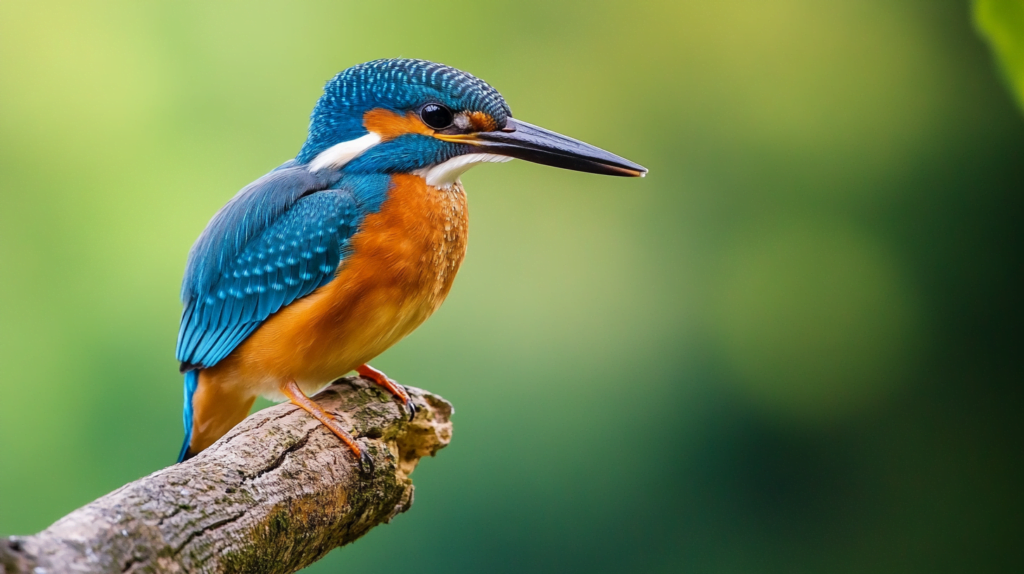
Enhancing Your Birdwatching Experience
To take your birdwatching to the next level, consider these tips:
- Improve your photography skills: Capture memories of your sightings with a good camera and telephoto lens.
- Use birdwatching apps: Apps like Merlin Bird ID can help with identification and logging your observations.
- Join local birdwatching groups: Connect with fellow enthusiasts and learn about local hotspots.
- Keep a detailed journal: Record your sightings, observations, and experiences for future reference.
Conclusion
Europe’s best birdwatching destinations offer a wealth of opportunities for both novice and experienced birders. From the flamingo-filled wetlands of the Camargue to the ancient forests of Poland, each location provides a unique window into the avian world. By planning your trip carefully, respecting local ecosystems, and embracing the joy of discovery, you’ll create unforgettable memories and contribute to the conservation of Europe’s rich birdlife.
Remember, the best birdwatching experiences often come from patience, persistence, and a willingness to explore. So grab your binoculars, pack your field guide, and set out to discover the winged wonders waiting in Europe’s diverse landscapes. Happy birding!
